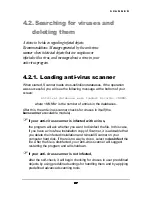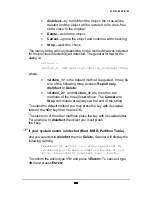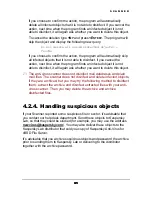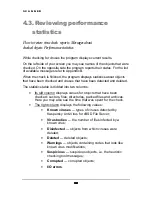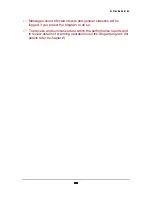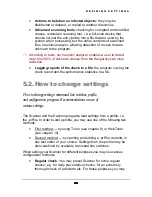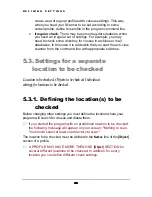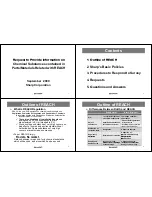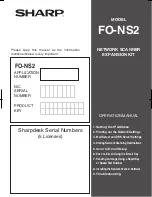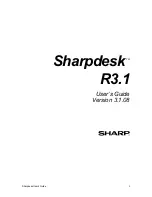
S C A N N E R
26
26
26
26
[
switchN]
is the optional switch in the Scanner command line,
[path]
is the optional xBSD path that defines the location to be
checked
[filemasks]
are the optional xBSD file masks that define the files to
be checked for viruses. By default, the program checks for
viruses in all executable files.
!"
Before you start scanning you can define the scanner settings, i.e.
objects to be checked for viruses, actions to be taken regarding
those objects, advanced scanning tools to be used etc. (see
subchapter 5.1). When started, the program automatically loads
settings from defUnix.prf that is supplied with
Kaspersky Anti-Virus
for xBSD File Server
. However, if you created a new profile and
specified its name in the
DefaultProfile
line of
AvpUnix.ini
, your
Scanner will load settings from this file. However, if, when started,
the program will find no profile, it will use its default settings. Finally,
settings from the profile may be redefined by available command line
switches.
If you want to load settings from a profile that is different from that defined
in the .ini file, start the program using the command line switch
-F=profile_name
. For a complete list of available command line switches
refer to
Appendix B
.
When starting Scanner from a script file, you can review its exit codes.
Refer to
Appendix B
for a complete list of available exit codes and an
example of their analysis within the script file.
You may start Scanner from the installation diskette. It is advisable that you
create boot diskettes for xBSD and save Kaspersky Anti-Virus for xBSD
File Server together with the virus-definition databases on them (you will
need several diskettes). Those diskettes will be useful restoring your
system in the case of virus attack.
!"
When you create a profile for your Scanner on the boot diskettes,
make sure to define
Yes
for the
UseMemoryFiles
parameter (for details
of this parameter see subchapter 5.4.2).
















